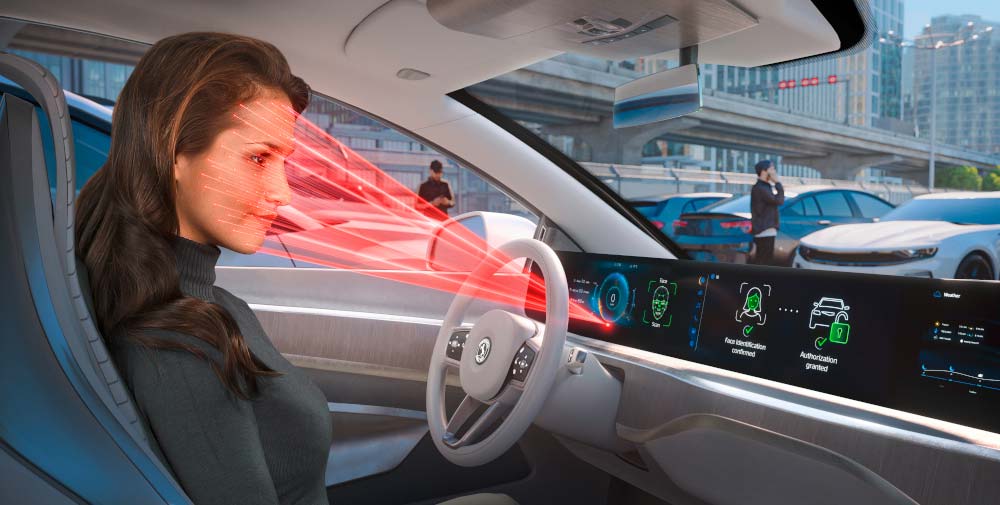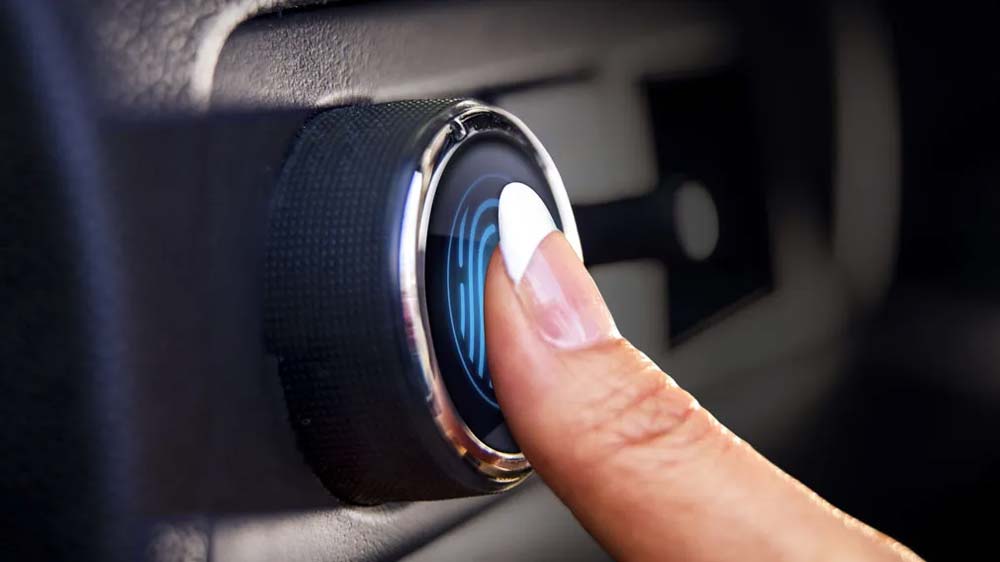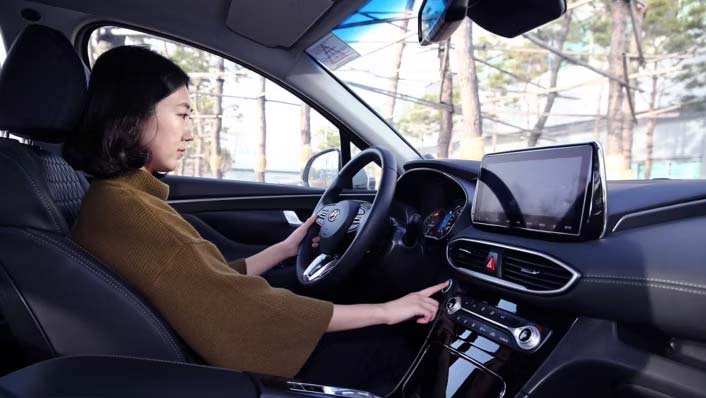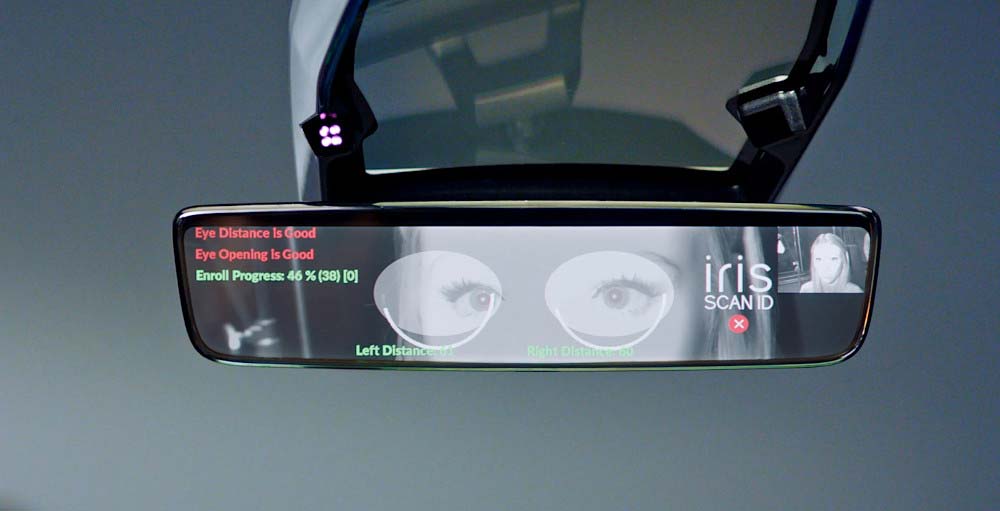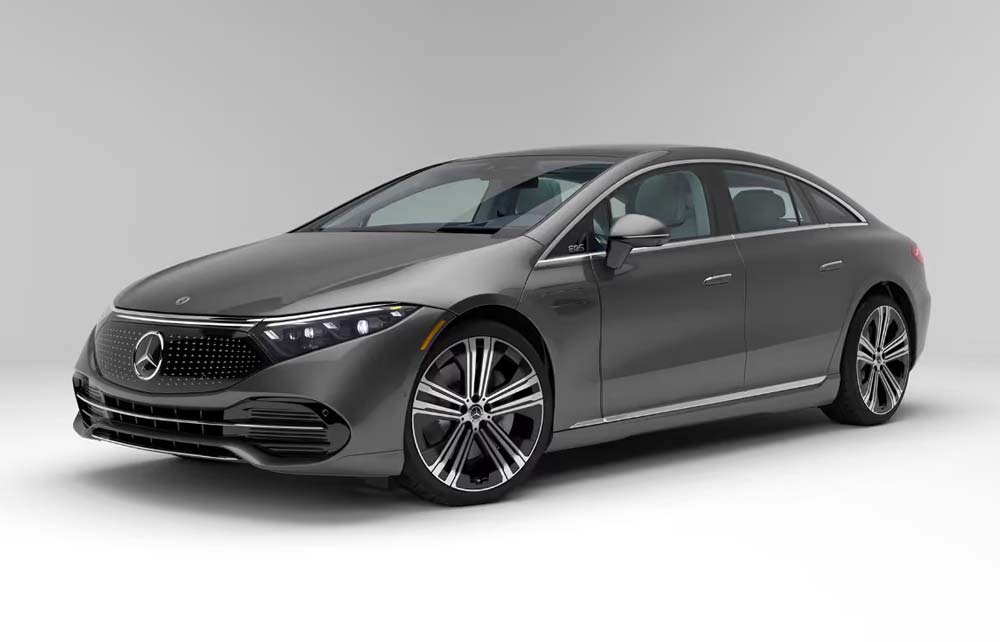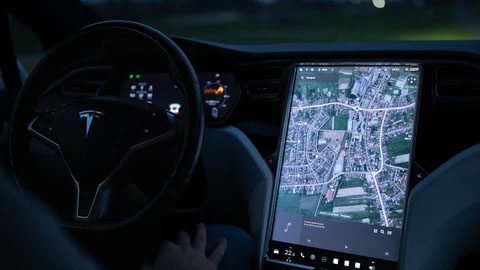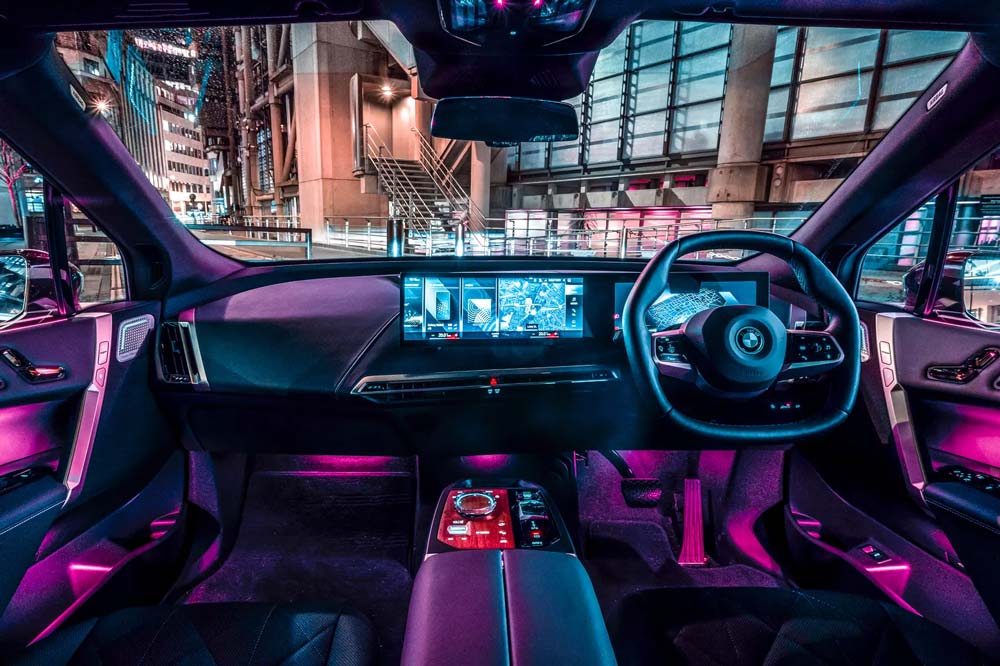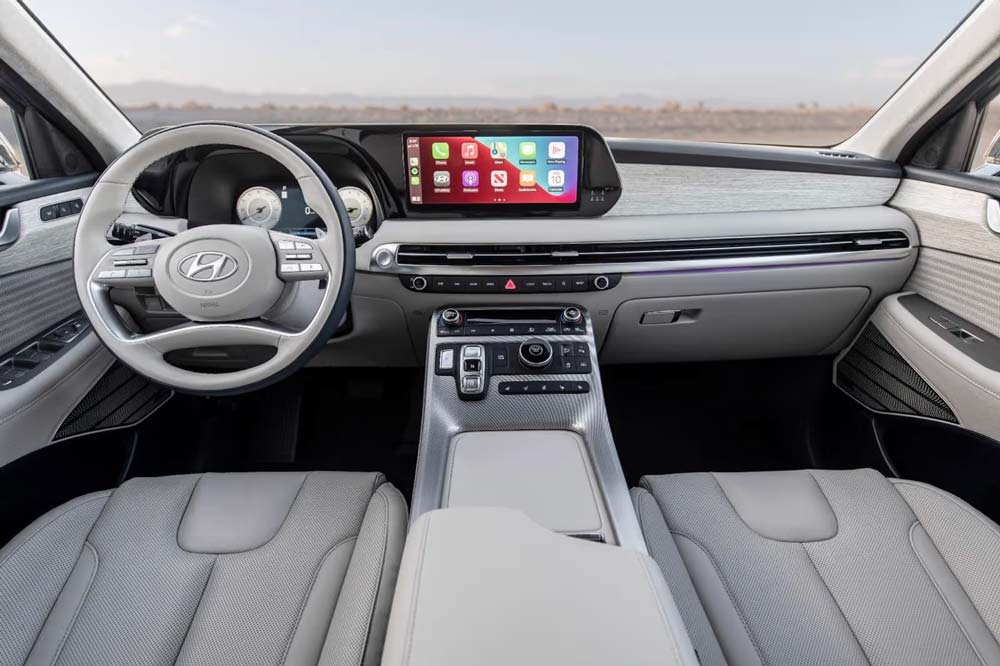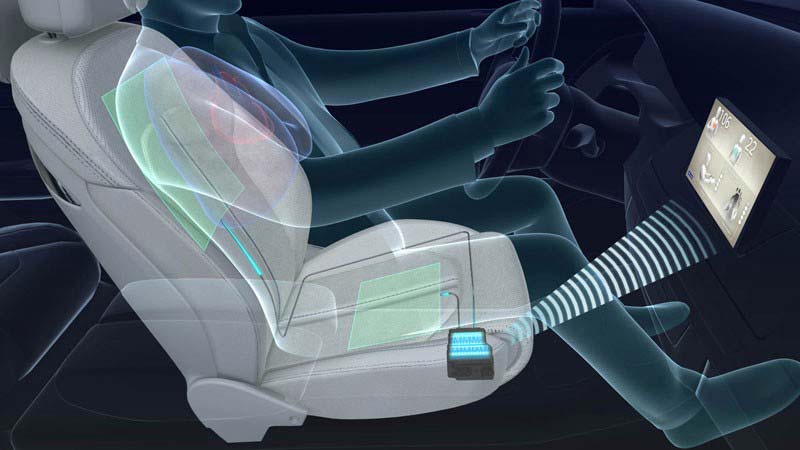Biometric & Wellness-Focused Features: Fantastic Future of Vehicle Design
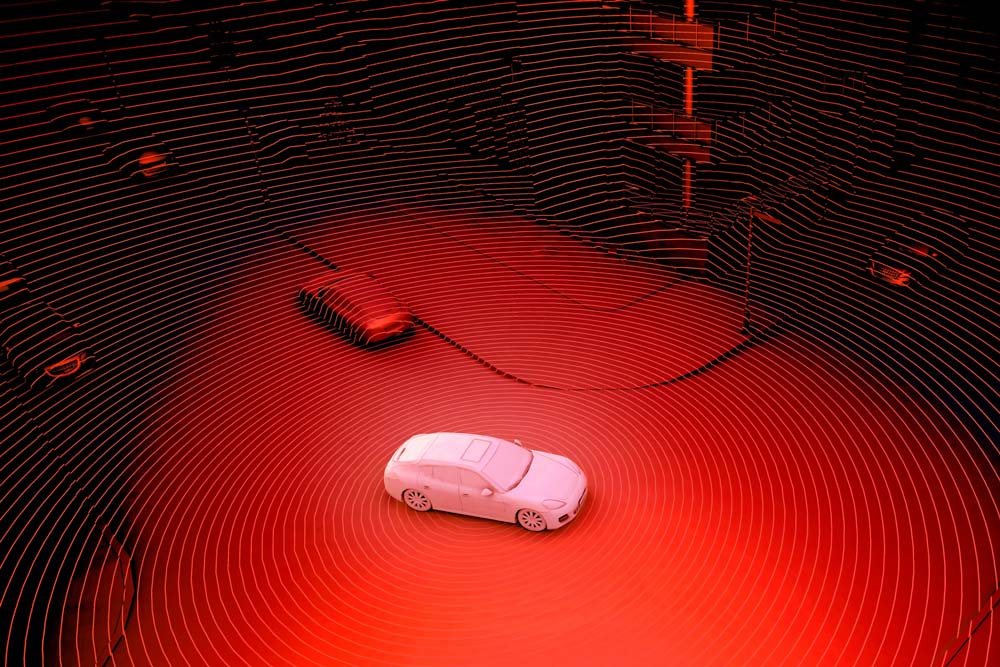
Introduction
Modern vehicle design is no longer just about performance and aesthetics—it’s also about enhancing the overall well-being of drivers and passengers. With advancements in biometrics and wellness-focused technology, automakers are integrating features that monitor health, improve comfort, and reduce stress. This shift is shaping the future of transportation, making vehicles not only smarter but also more attuned to human needs. This blog post explores the evolution of biometric and wellness-focused vehicle features, their benefits, and how designers can incorporate them into the next generation of vehicles.
The Rise of Biometric and Wellness-Focused Vehicle Features
As vehicle technology evolves, automakers are leveraging biometric data and wellness-oriented innovations to create a more personalized driving experience. These features are designed to:
- Monitor the driver’s physical and emotional state.
- Adjust in-vehicle conditions to promote relaxation and alertness.
- Improve overall safety by preventing accidents caused by fatigue or stress.
- Enhance passenger comfort and well-being.
Some of the key biometric and wellness features include:
- Driver Monitoring Systems (DMS): Cameras and sensors track eye movement, heart rate, and facial expressions to detect drowsiness or stress.
- Adaptive Climate and Lighting: Intelligent systems adjust air quality, temperature, and lighting to improve comfort and reduce fatigue.
- Biometric Authentication: Fingerprint or facial recognition replaces traditional keys for enhanced security.
- In-Car Wellness Programs: Meditation, guided breathing exercises, and posture correction alerts help create a stress-free driving experience.
- AI-Powered Mood Detection: Algorithms analyze voice tone and facial cues to adjust music, lighting, and seating for relaxation or alertness.
Key Technologies Powering Biometric and Wellness Systems
Several cutting-edge technologies enable the seamless integration of biometric and wellness-focused features, including:
- Artificial Intelligence (AI) and Machine Learning: AI-powered algorithms analyze driver behavior, making real-time adjustments to improve safety and well-being.
- Advanced Sensors and Cameras: Infrared cameras, heart rate monitors, and electrodermal activity sensors track physiological signals.
- Wearable Integration: Vehicles sync with smartwatches and fitness trackers to gather biometric data and adjust in-car conditions accordingly.
- Haptic Feedback Systems: Seats with built-in haptic feedback provide alerts through gentle vibrations, improving driver awareness.
- Air Purification and Aromatherapy Systems: High-tech filtration and scent diffusion enhance cabin air quality and mood.
Benefits of Biometric and Wellness Features in Transportation
Integrating biometric and wellness technologies into vehicles offers numerous advantages, such as:
- Enhanced Safety: Driver monitoring systems reduce accidents by detecting drowsiness and distraction.
- Personalized Driving Experience: Vehicles adapt settings based on biometric data for maximum comfort.
- Reduced Stress and Fatigue: Wellness programs and adaptive environments create a relaxing drive.
- Improved Security: Biometric authentication prevents unauthorized access to vehicles.
- Better Health Monitoring: Real-time biometric tracking helps detect health issues before they become critical.
- Competitive Advantage for Automakers: Offering these advanced features makes vehicles more appealing to health-conscious consumers.
How to Integrate These Features into Vehicle Design
For automotive designers and engineers, implementing biometric and wellness features requires a multi-disciplinary approach. Here’s how:
- Design Seamless Sensor Integration: Place biometric sensors in steering wheels, seats, and dashboards without compromising aesthetics.
- Ensure Data Privacy and Security: Protect sensitive biometric data with advanced encryption methods.
- Incorporate AI and IoT Connectivity: Vehicles should interact with personal devices for a continuous wellness experience.
- Create Adaptive User Interfaces: Intuitive touchscreens, voice assistants, and gesture controls enhance usability.
- Test for Real-World Conditions: Ensure that biometric and wellness features function reliably in different driving environments.
Case Studies: Real-World Applications of Biometric and Wellness Technology
1. Mercedes-Benz EQS – A Holistic Wellness Approach
The Mercedes-Benz EQS luxury electric sedan features biometric authentication, adaptive ambient lighting, and AI-driven climate control to enhance driver and passenger comfort.
2. Tesla Model S – Advanced Driver Monitoring
Tesla’s autopilot system incorporates driver monitoring sensors to ensure drivers remain attentive while using semi-autonomous features.
3. BMW iX Flow – Emotionally Adaptive Interiors
BMW’s concept vehicle uses biometric inputs to adjust cabin lighting, temperature, and soundscapes based on the driver’s mood.
4. Hyundai Smart Cockpit – AI-Powered Health Monitoring
Hyundai’s next-generation cockpit features real-time biometric tracking, adjusting seat position, air quality, and lighting to improve well-being.
Conclusion
Biometric and wellness-focused features are redefining vehicle design, shifting the focus from mere transportation to a holistic mobility experience. As technology advances, we can expect smarter, safer, and more intuitive vehicles that prioritize driver and passenger well-being. Whether through biometric authentication, AI-driven health monitoring, or adaptive environmental controls, the future of automotive design is undoubtedly human-centered. Designers and automakers who embrace these innovations will set the standard for the next generation of transportation.
References
- Boyce, P. (2014). Human Factors in Lighting. CRC Press.
- Cuttle, C. (2015). Lighting Design: A Perception-Based Approach. Routledge.
- Mercedes-Benz. (2023). “The Future of Wellness in Mobility.” Retrieved from www.mercedes-benz.com
- BMW Group. (2023). “Biometric Technology in Automotive Design.” Retrieved from www.bmwgroup.com
- Tesla, Inc. (2023). “Driver Monitoring and Safety Systems.” Retrieved from www.tesla.com
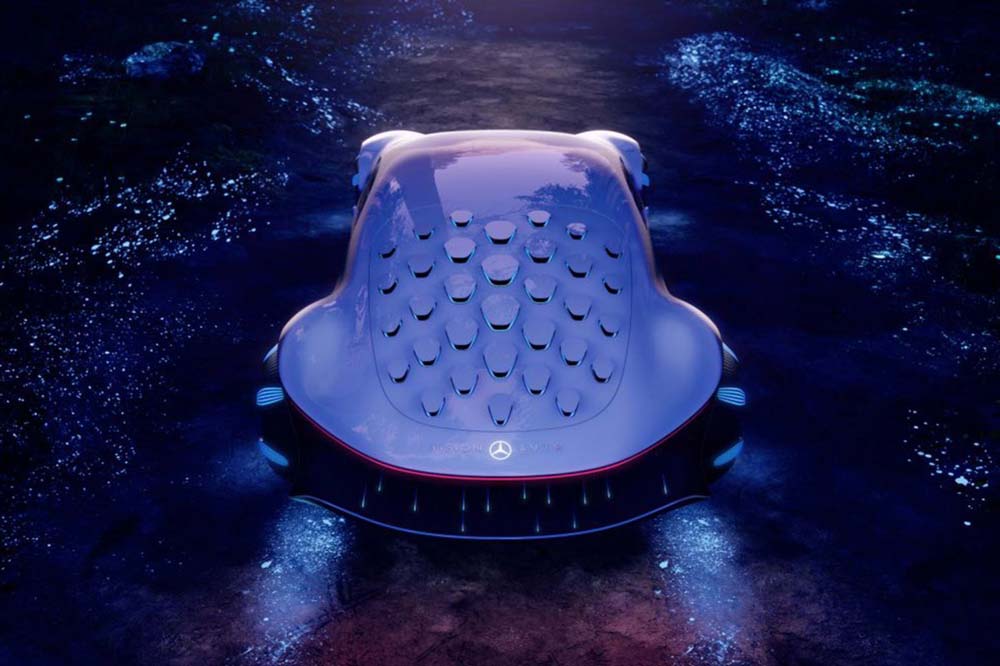
Introduction: The Growing Influence of Bio-Inspired Design As the automotive industry moves towards more sustainable, efficient, and innovative designs, bio-inspired…

BMW is one of the most renowned luxury automobile manufacturers in the world, known for producing high-performance vehicles that blend…
